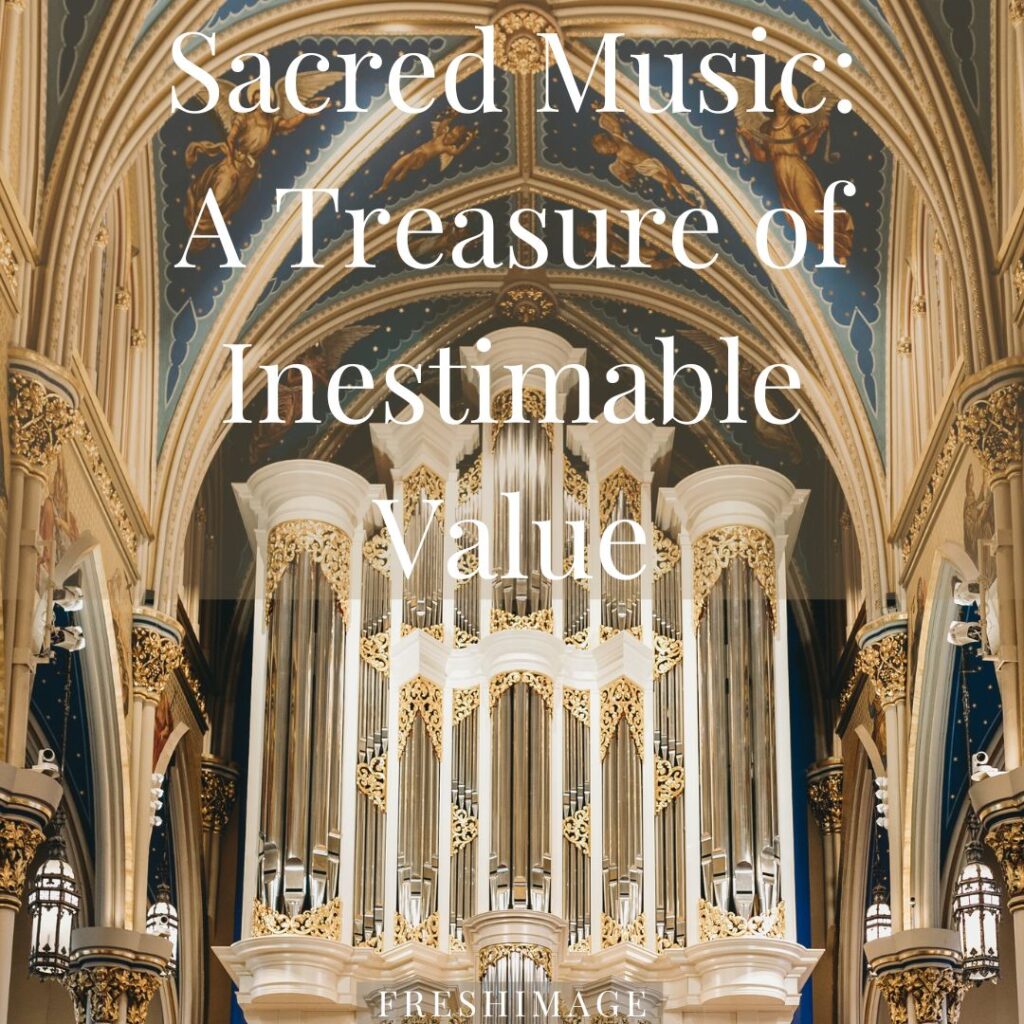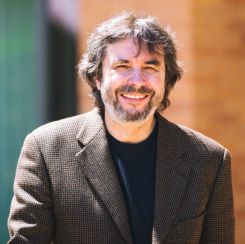
Jesus Christ left us a priceless treasure in the liturgy. However, its nature and true significance often eludes us. There are some deep historical reasons for a limited understanding of the gift of liturgy, even among Catholics. That lack in knowledge often impedes our ability to receive its spiritual benefits fully. One dimension in which knowledge is especially lacking is sacred music. Therefore, I would like to share some thoughts on the crucial topic of the place of music in the liturgy, hoping that my explanations can clarify the picture to some extent.
What is the proper framework of references necessary for any constructive discussion of liturgical music? We cannot avoid referencing the most important doctrinal ecclesiastic documents because the Church chose to reveal her teaching on music and liturgy by formal written statements. However, there are two essential points to bear in mind. First, no single document conveys the Church’s entire teaching on church music. And second, the most relevant Church statements need to be considered in the context of all relevant Church documents.
Unfortunately, in much the same fashion as other currently ongoing debated issues in the Church right now, the Church’s official statements on music are often divided into two categories: pre-Vatican II and post-Vatican II. However, the Second Vatican Council’s teachings make clear that a hermeneutics of discontinuity is not a correct approach. On the contrary, the Fathers of the Council state just the opposite. In its dogmatic constitution on the sacred liturgy, Sacrosanctum Concilium, the Council teaches that the rules it articulates need to be considered in the context of “the norms and precepts of ecclesiastical tradition and discipline and having regard to the purpose of sacred music” (Sacrosanctum Concilium, 112). The Council regarded the purpose of church music to be fundamentally the same as it always had been, the glory of God and the sanctification of the faithful. The Council also confirmed the importance of the most extended Church document of the 20th century devoted to the sacred music published in 1903, Tra le Sollecitudini. What’s more, the Council reaffirmed the relevance of its author, Pope Pius X, in this area of Church life. According to the Constitution of the Sacred Liturgy, it was Pope Pius X who had “explained more precisely the ministerial function supplied by sacred music in the service of the Lord.” (Sacrosanctum Concilium, 112). That last statement clarifies that any discussion of liturgical music must be thoroughly grounded in a good understanding of the basic principles of the liturgy.
With all this in mind, it is now appropriate to ask, what are music’s most important general characteristics in the context of the liturgy according to the Second Vatican Council? Once again, Sacrosanctum Concilium is the most critical document of the Council for answering such a question. It teaches that church music, if used validly in the context of the sacred liturgy, is not merely a supplement to or decoration of the latter. On the contrary, music is an integral and inseparable part of the sacred liturgy. More specific provisions spelled out by the Council emphasize the organic link of music with the liturgy even further. For example, the Council Fathers expected most of the texts sung at the Mass to be drawn from the Holy Scripture and other liturgical sources, and not merely by paraphrasing them. Thus, calling on Christian composers to “cultivate sacred music and increase its store of treasuries,” the Council taught that composers should bear in mind that “the texts intended to be sung must always be in conformity with Catholic doctrine; indeed they should be drawn chiefly from holy Scripture and from liturgical sources” (Sacrosanctum Concilium, 121).
The Council Fathers make the high value of the Church’s musical tradition abundantly clear, referring to it as “a treasure of inestimable value, greater even than that of any other art.” (Sacrosanctrum Concilium, 112). The Constitution on the Sacred Liturgy also explains that this is the case because music is inseparably connected to the liturgy. As they state, sacred music is more holy as it is “more closely connected with the liturgical action, whether it adds delight to prayer, fosters unity of minds, or confers greater solemnity upon the sacred rites” (ibid.). With this statement the Council makes two things clear. First, that the purpose of liturgical music is fundamentally the same as it had been before the Council, the glorification of God and the sanctification of God’s People. And second that sacred music is, as the Council taught, “a treasure of inestimable value” precisely because it contributes to the Church’s growth in holiness and gives glory to God. In short, when properly composed and implemented, sacred music shares the same intent as the liturgy itself. Consequently, both must be guarded and cultivated as the priceless gifts they are and with this aim in mind. Anything else is mere distraction.

Andrzej Zahorski is Director of Music at St. Anselm Parish in St. Louis, MO. He holds a doctorate of musical arts from Stanford University.
Sacred music speaks directly to the soul. It allows for a full communion with the angels and saints, to glorify our heavenly Father during Mass. Thank you for this wonderful reminder and for the beautiful contribution of this gift of music that you extend to the community.